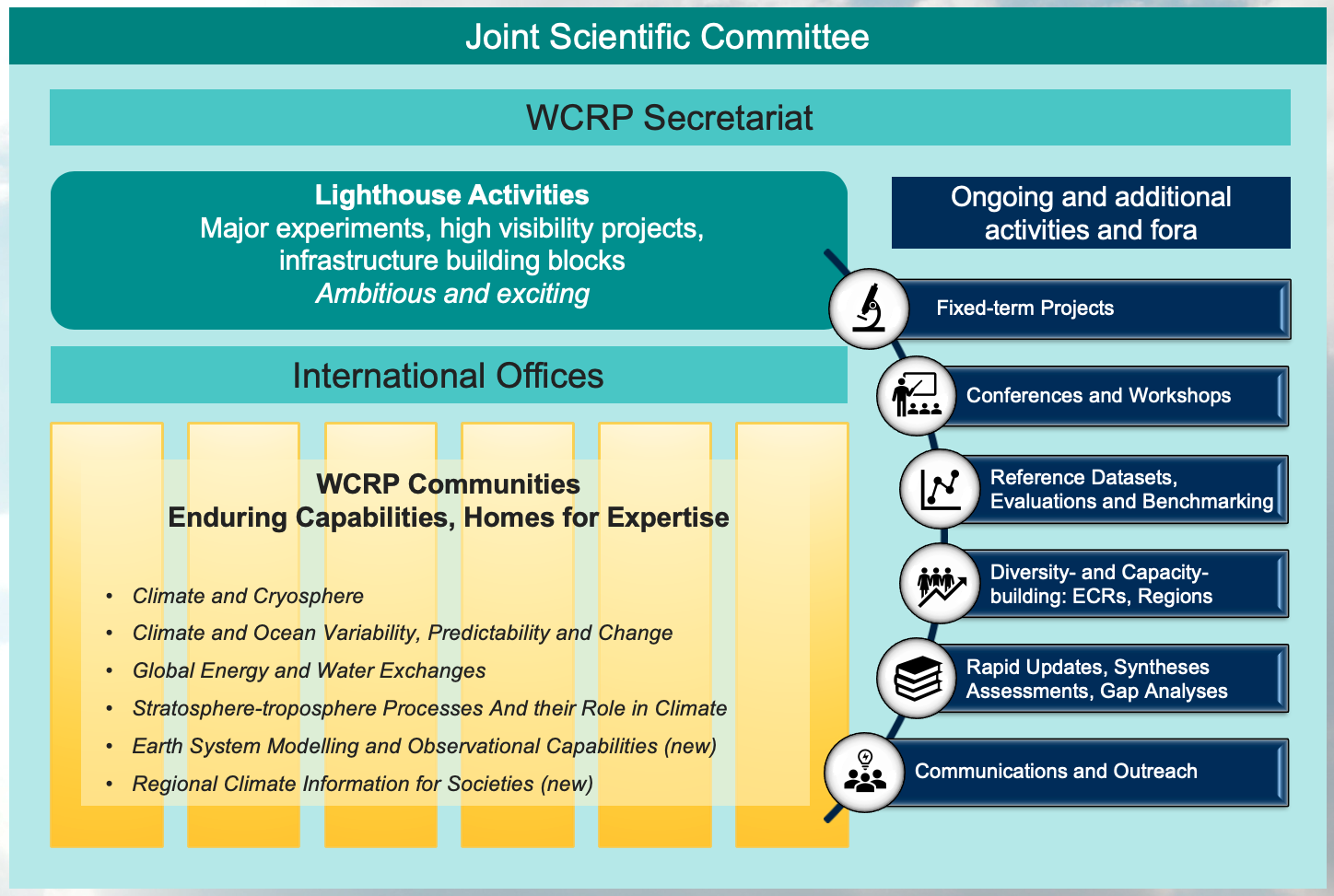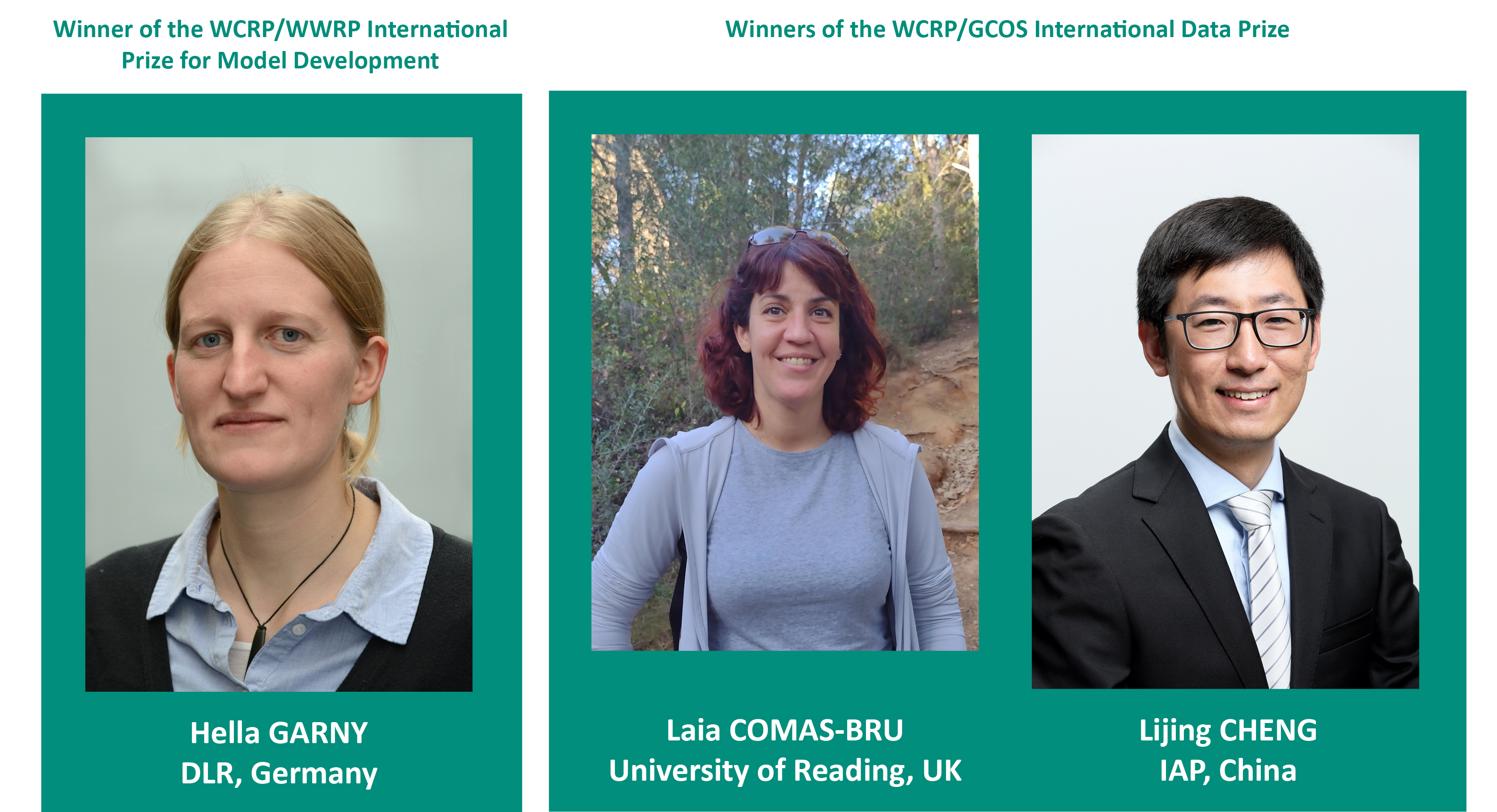The covid-19 pandemic is more acute than ever, and unfortunately the probability is high that it will not have passed before the end of 2021.
It has therefore been decided to postpone the 2021 SPARC Gravity Wave Symposium, originally scheduled to be end of September 2021, by half a year to March 28th – April 1st 2022, starting on the morning of March 28th and departing after lunch Friday April 1st. The meeting will thus be back-to-back with the EGU assembly that will be held in Vienna in the following week. The conference site of the now 2022 SPARC Gravity Wave Symposium is located in the medieval center of the vibrant city of Frankfurt.
This SPARC symposium is a continuation of a series of successful similar GW meetings lead-organized by Kevin Hamilton, Joan Alexander, Kaoru Sato, Fuqing Zhang and others over the past couple of decades. The tentative title of the next year’s symposium will be “Atmospheric gravity waves: towards a next-generation representation in weather and climate models”. Research on all aspects of atmospheric gravity waves, including newly emerging topics, will be welcomed but some particular emphases will be given to measurements, simulations, and numerical and theoretical developments, especially those confronting, challenging, and advancing the present-day treatment of gravity waves in atmospheric models.
The web site of the meeting (with information on travel and lodging to be placed there in due time) is www.goethe-university-frankfurt.de/87102642/Symposium
Limited travel-support funds for early-career scientists will be available. Those concerned will be asked to submit an informal application together with an abstract of the work they want to present.
A 2nd announcement will be circulated in June 2021. Colleagues and friends are asked for their understanding for the decision for the postponement, which has not been made light-heartedly.
Co-conveners: Ulrich Achatz, Joan Alexander, Kaoru Sato, Laura Holt, and Riwal Plougonven Meeting secretary: Aurelia Müller
We look forward to your participation in 2022.
Ulrich, Joan, Kaoru, Laura, and Riwal


